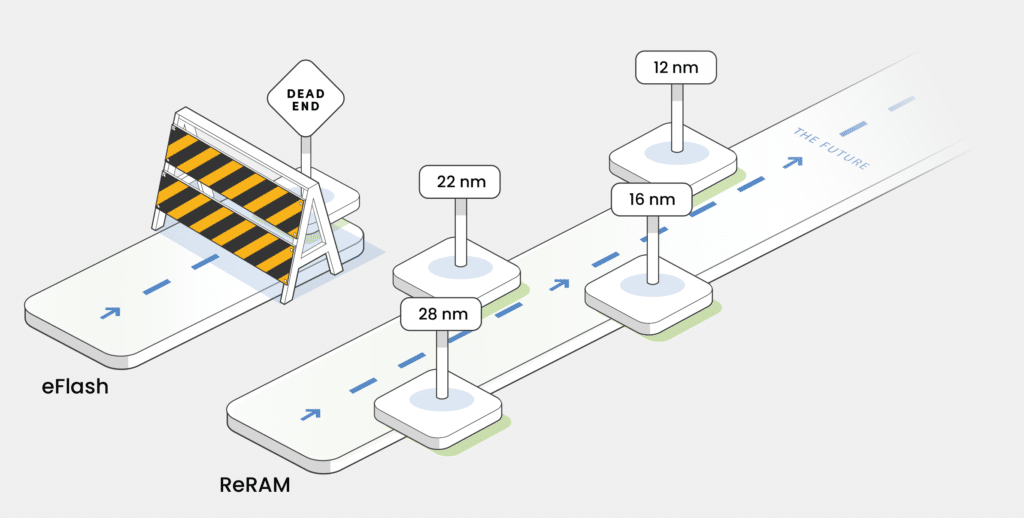Technology
Technology Overview
Non-Volatile Memory (NVM)
Without Compromise
Don’t let inferior NVM technology limit your designs. With Weebit ReRAM you get the best performing NVM that is also extremely cost-effective and easy to integrate into any CMOS fab.
The Weebit ReRAM Advantage

With our expertise in semiconductor manufacturing, materials science, applied physics, and SoC design, we’ve created unparalleled technology with distinct technical and commercial advantages over other NVM technologies.
A Range of ReRAM Solutions
